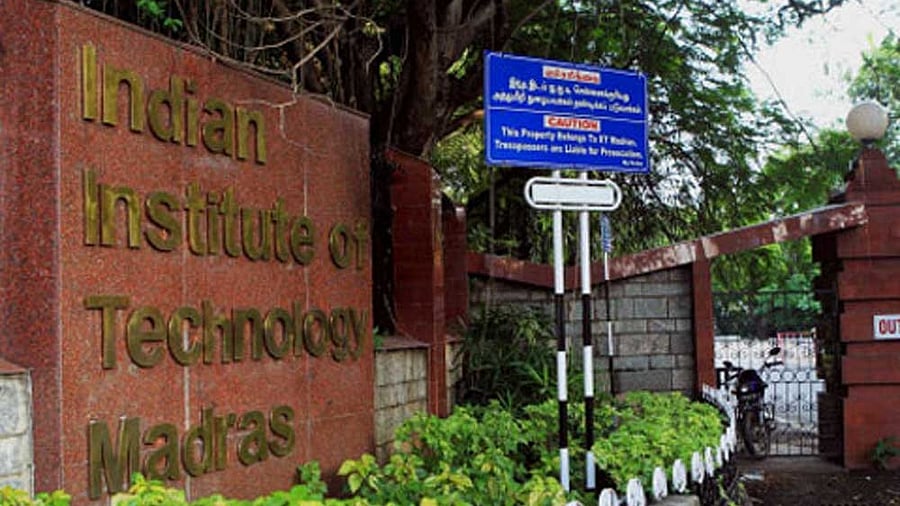
IIT Madras
File photo
Chennai: Researchers with the prestigious Indian Institute of Technology Madras (IIT-M) are close to developing a Vertical Take-off and Landing (VTOL) Aircraft and Unmanned Aerial Vehicle (UAV) with hybrid rocket thrusters, in a boost to India’s next-generation flight technology.
Vertical take-off and landing will enable an aircraft to take off and land vertically, eliminating the need for infrastructure like long runways. This capability will enable access to remote locations and rugged terrains where long runways and large airports are difficult to build. For now, only helicopters fly on those terrains, but they too face limitations in terms of speed, range, and efficiency compared to a fixed-wing aircraft.
“Once the VTOL system reaches the Technology Readiness Level (TRL) for commercial application, it will be a game-changer in both civil and military aviation. VTOL will help to decentralise air transport to multiple locations rather than a single big airport or an airbase,” Prof. PA Ramakrishna, Department of Aerospace Engineering, IIT-M, said.
Such decentralisation will bring significant strategic and operational advantages and the study will be a precursor towards the development and demonstration of a proof-of-concept for a hybrid rocket-powered VTOL platform.
The findings of this research were published in a paper, co-authored by Prof. PA Ramakrishna, Dr Joel George Manathara and Anandu Bhadran of IIT-M, in the reputed peer-reviewed International Journal of Aeronautical and Space Sciences.
Prof. Ramakrishna said due to the positive outcomes of IIT-M research, an experimental study of the landing platform with multiple degrees of freedom is possible in the future.
“Once attitude stabilisation of the platform is achieved, a hardware-in-the-loop simulation for landing without the assumption of an attitude-stabilised system could be carried out. This would be a step closer to realising a VTOL platform with hybrid rocket thrusters,” he added.
With validated performance and control strategies, the developed VTOL technology can be extended to fixed-wing UAVs as an initial implementation, the IIT-M said, adding that this not only serves as a proof-of-concept for broader aerospace applications but could also attract attention from industries interested in next-gen air mobility solutions.
The experimental study was carried out by using an effective method called ‘hardware-in-the-loop simulation’, which is a useful, cost-effective & flexible tool for developing and testing complex systems.
Through the sophisticated experiment that combined a real-time hybrid rocket thruster with a virtual simulation, the researchers achieved necessary velocity for ‘soft landing’, a crucial feature for all craft ranging from planetary landing of unmanned or manned exploration modules to terrestrial landing of a VTOL aircraft.
As touchdown velocity is an important parameter to ensure safe vertical landings, the IIT-M researchers studied the feasibility of using the hybrid rocket motor for vertical landing platforms as they are less complicated and safe compared to liquid engines.
Hybrid rocket systems are now gaining popularity due to their inherent safety and throttling capabilities, apart from the possibility of combining advantages of liquid and solid rocket engines, the IIT-M said.
Since VTOL systems are complex and need high-maintenance, the researchers conceived the concept of a hybrid rocket thruster-powered platform as part of a system development study to bring out an effective propulsion unit for achieving VTOL in aircraft and UAVs.
Dr Joel George Manathara, Associate Professor, Department of Aerospace Engineering, IIT-M said the use of hybrid rocket thrusters for VTOL itself is a unique and novel aspect of this research. “Our work paves the way to move beyond the conventional approaches by demonstrating the viability of hybrid rocket propulsion -- which offers a balance of safety, simplicity, and control -- for VTOL applications.,” Manathara said.